
The Timeless Charm of Hyères: Past and Present
Hyères, a hidden gem on the azure shores of the Mediterranean, is a city steeped in history. Its ancient streets whisper tales of times long gone, while its modern beat testifies to the ever-evolving nature of life.
From its Greco-Roman origins to its prominence in the Middle Ages, Hyères has been a focal point of several civilizations. The remnants of the old forts, walls, and Roman ruins serve as a testament to its rich history. Every corner of this city has a story to tell, be it the tales of sailors from ancient times or the chronicles of medieval knights.
A Glimpse into the Past:
Hyères, often referred to as the “oldest resort on the French Riviera”, boasts a history that spans thousands of years. Originally known as ‘Olbia’, the city was founded by the Greeks in the 4th century BC. Over the centuries, it has seen Roman settlers, medieval trade, and the allure of the Belle Époque era, with its glamorous hotels and casinos that attracted the European elite.
Central to the city’s historical narrative is the Castle of Hyères or Hyères Fortress. Perched high on a hill, this medieval castle, built in the 11th century, once served as a strategic vantage point to ward off pirates and invaders. The fortress stands as a testament to the city’s resilience and changing fortunes over the centuries.
Hyères Today:
Modern Hyères retains its old-world charm while embracing contemporary life. Wander through its narrow streets, and you’ll encounter a delightful mix of medieval architecture, bustling markets, and chic boutiques. The old town, with its terracotta rooftops, offers picturesque views, especially from the heights of the fortress.
Beyond the city, Hyères is flanked by the Giens Peninsula and the Golden Islands. The former is renowned for its salt marshes and pink flamingos, while the latter, comprising Porquerolles, Port-Cros, and Le Levant, is a haven for divers and nature enthusiasts.
Notable Locations Around Hyères:
- Villa Noailles: An avant-garde architectural masterpiece of the 20th century, this modernist villa today hosts art exhibitions, fashion shows, and the renowned International Festival of Fashion and Photography.
- Parc St Bernard: A serene oasis in the heart of the city, this terraced garden offers a tranquil space to relax amidst palm trees and Mediterranean flora.
- Salt Marshes of Pesquiers: A paradise for birdwatchers, these wetlands attract a myriad of bird species, including the iconic pink flamingo.
Diving in Hyères: A Tapestry of Marine Biodiversity
From the pristine waters surrounding Porquerolles to the protected marine sanctuary of Port-Cros, diving in Hyères is a visual treat. Every dive promises a flurry of colors, thanks to the corals that act as nature’s canvas. Soft corals sway gently with the currents, and gorgonians, with their tree-like structures, stand tall, sheltering tiny critters within their branches.
As for fish species, expect to come face to face with friendly groupers, darting barracudas, playful moray eels, and if luck is on your side, the elusive sunfish. The waters are a kaleidoscope of marine life, offering sightings of everything from small nudibranchs to vast schools of fish dancing in synchrony.
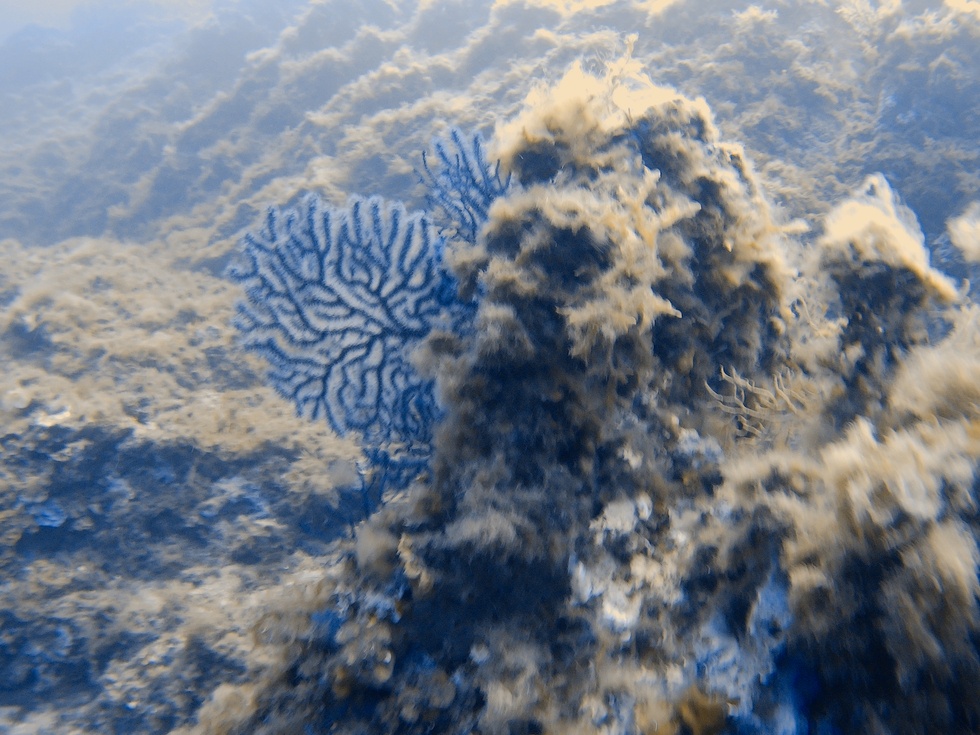
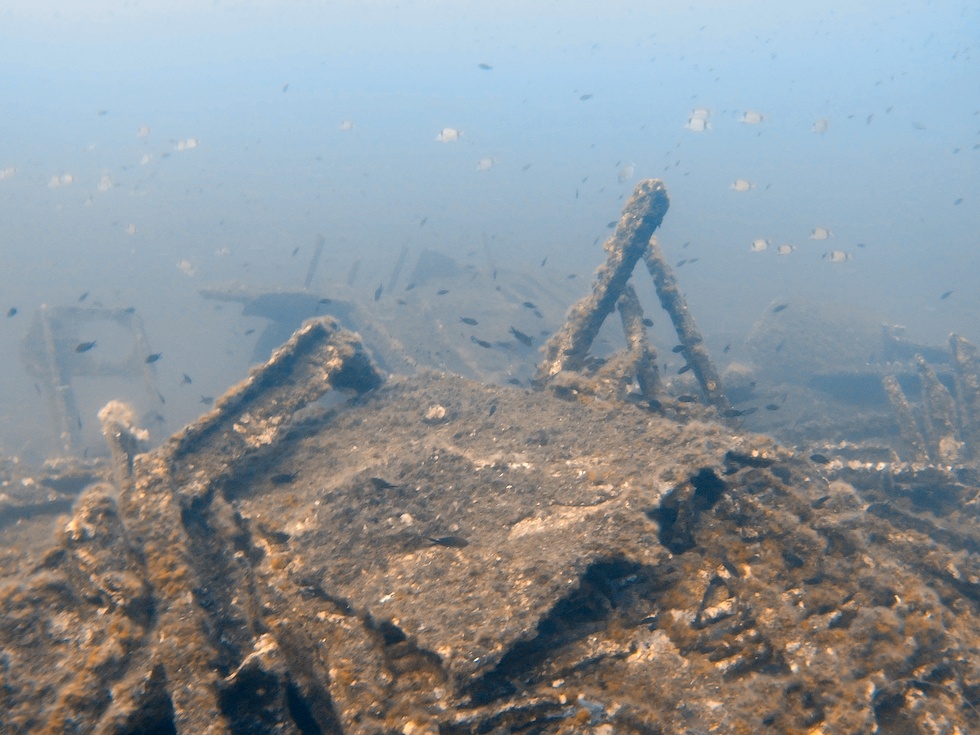
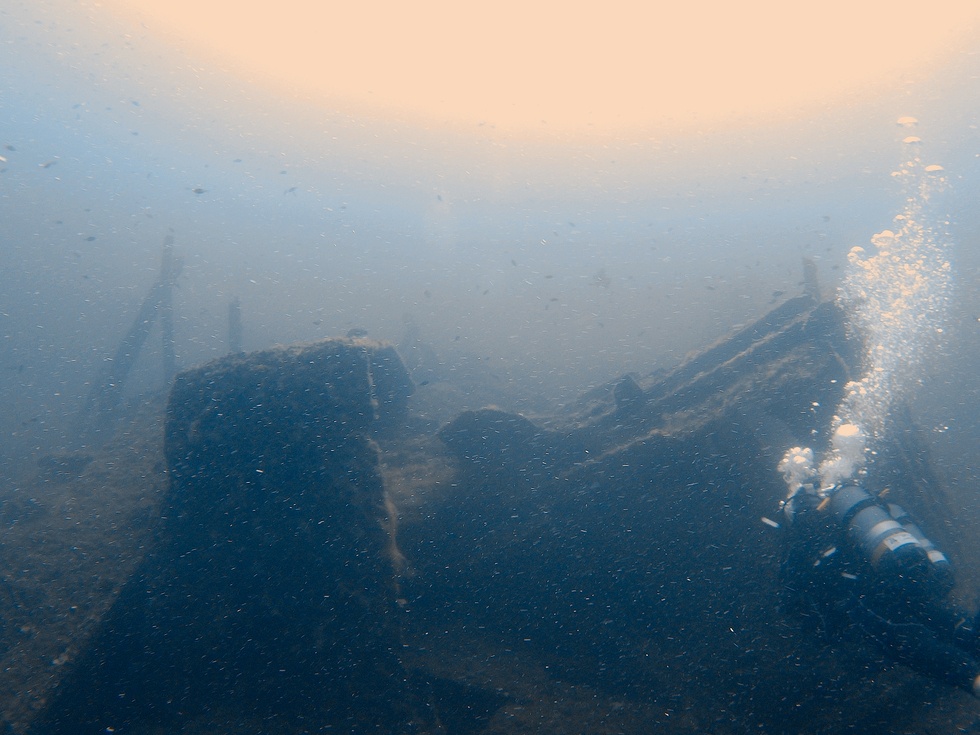
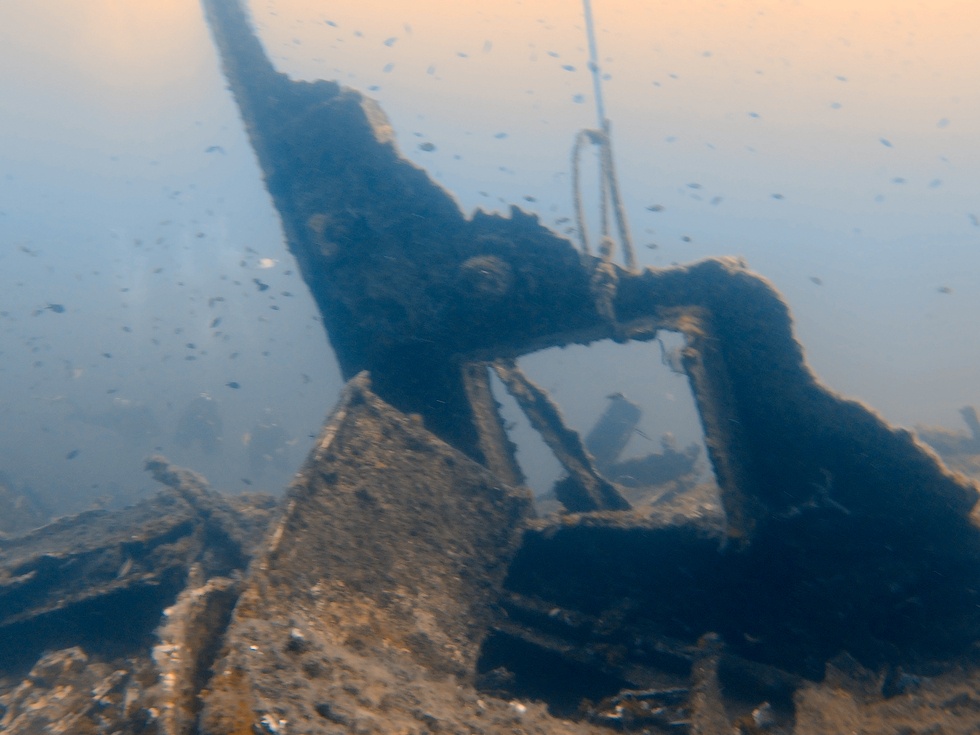
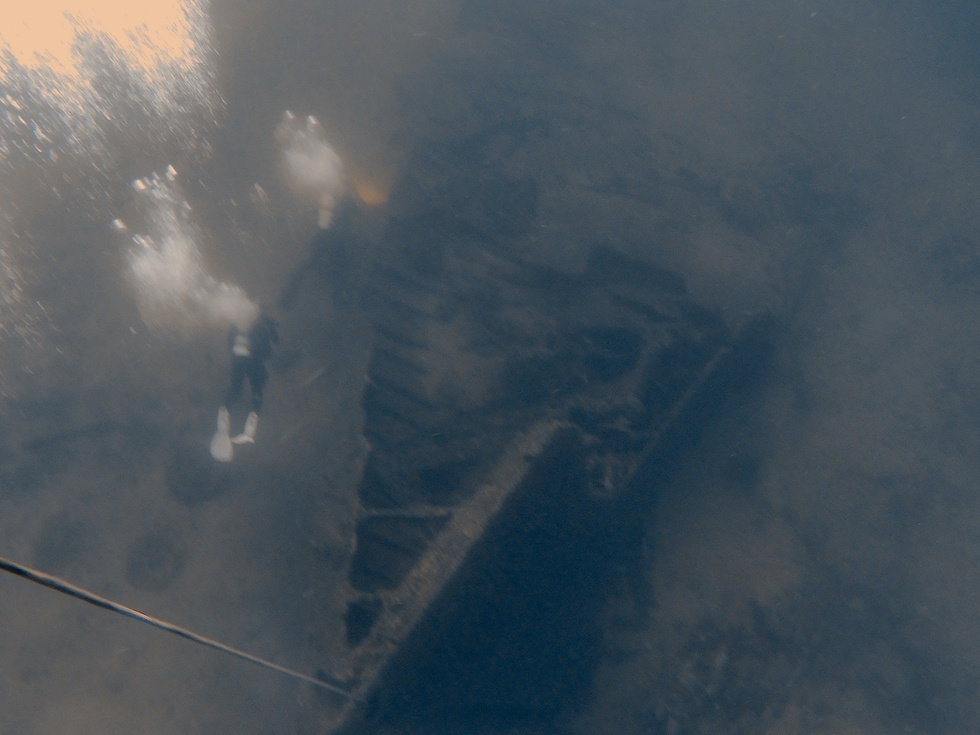
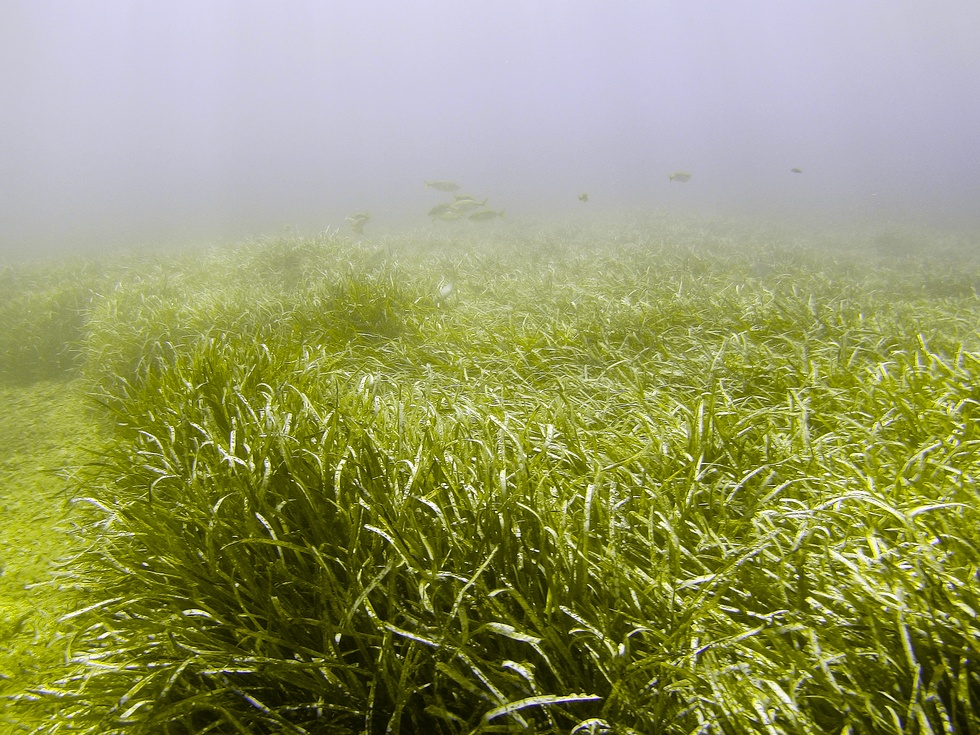
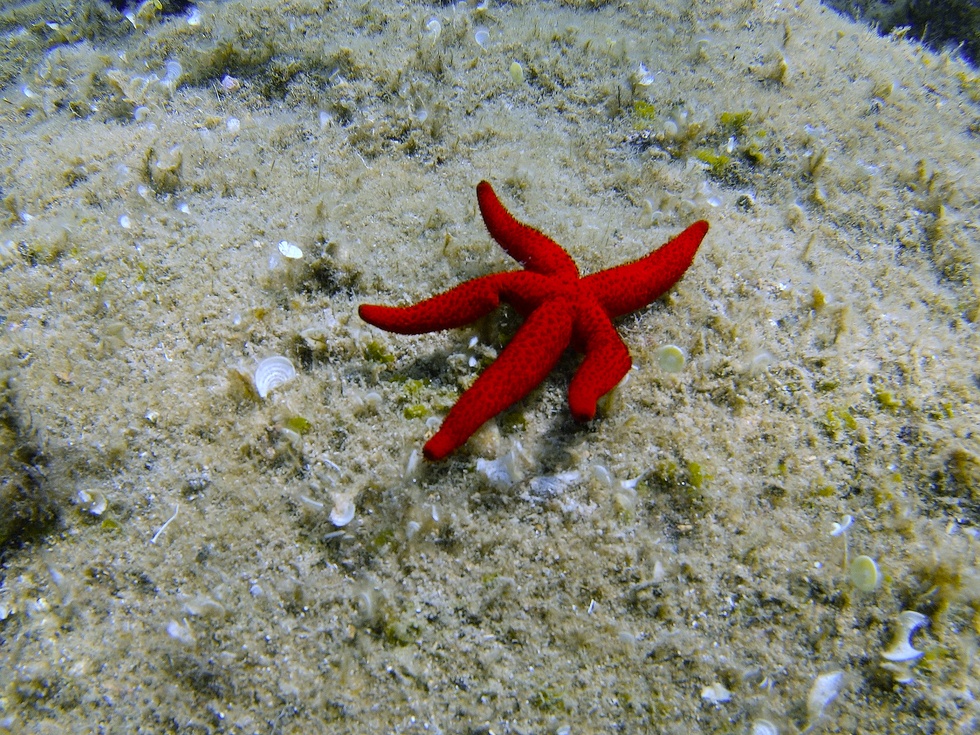

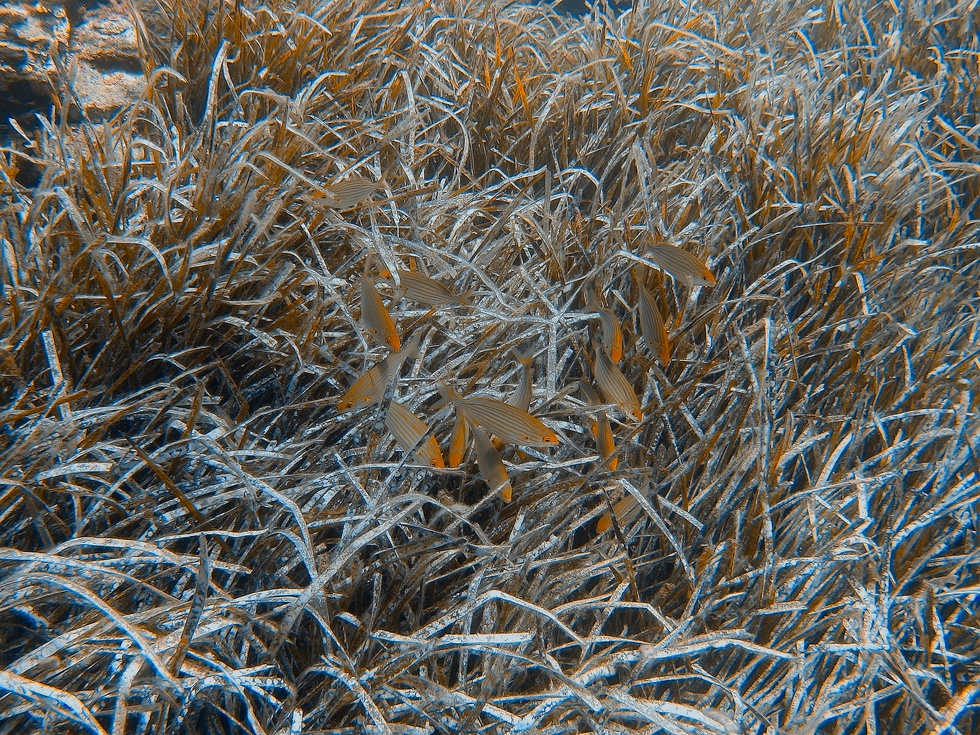
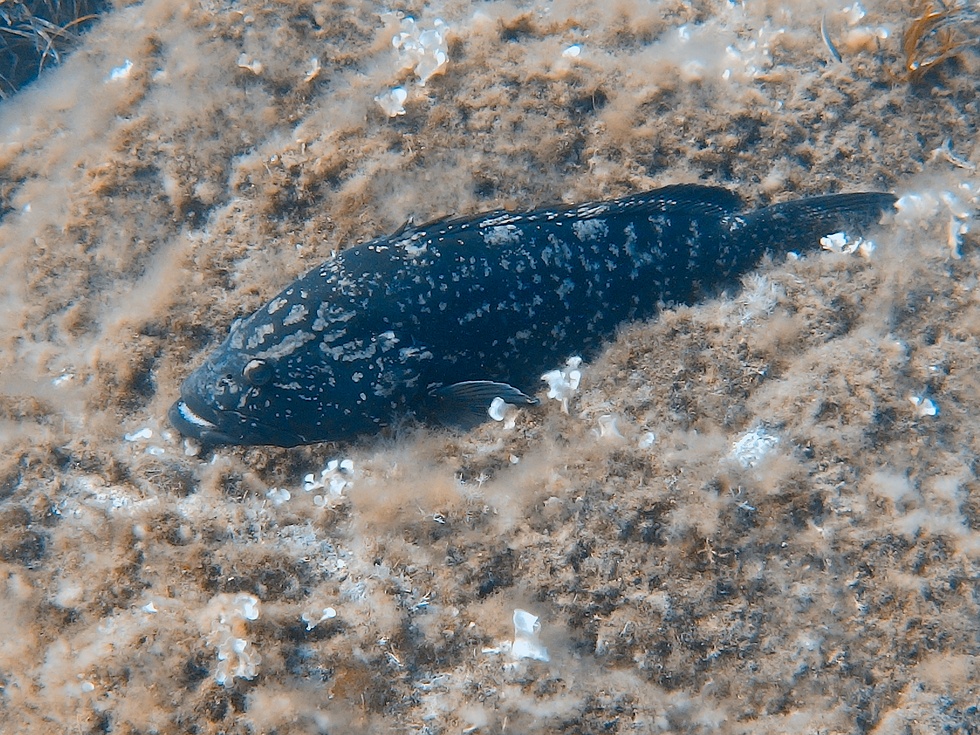
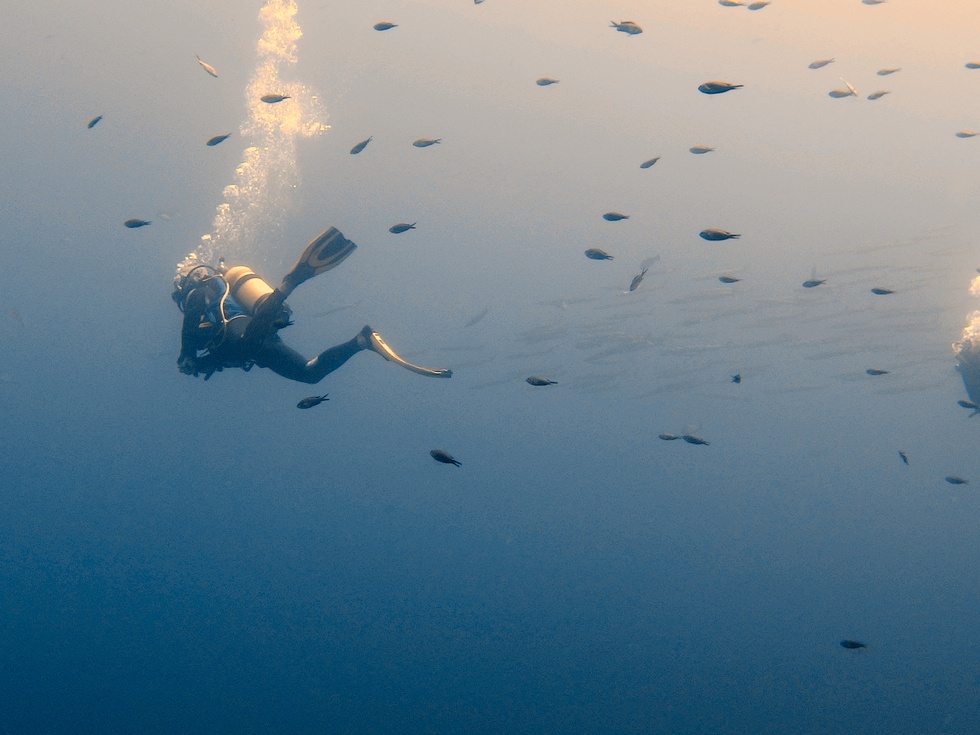
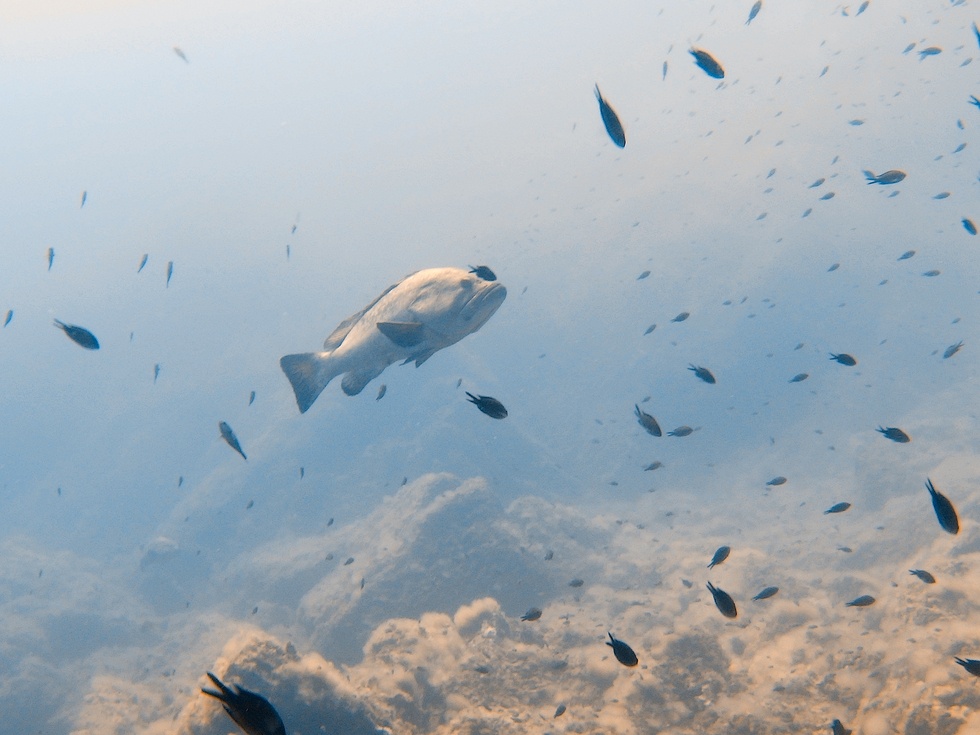
Shipwrecks: Echoes from the Past
Diving into the world of shipwrecks is akin to traveling back in time. Many of these wrecks have been resting on the ocean floor for decades, evolving into artificial reefs and nurturing their own ecosystems. The region boasts renowned names like the Donator, the Greek, and the Togo, each with their unique underwater presence and stories that captivate divers.
However, it was “Le Marcel” that truly captivated me. Unlike the other wrecks, “Le Marcel” presents itself primarily as a skeletal structure made of both wood and metal, resting at a depth of around 40 meters. Much has been claimed by the sea over time, but the sparse remains make “Le Marcel” an unparalleled diving experience.
As I descended towards “Le Marcel”, the rich marine life residing within its structure was immediately evident. A visual treat awaited: lobsters hiding in the shady nooks, scorpionfish gracefully gliding with their majestic presence, moray eels peeking curiously from their hideouts. And, of course, the shimmering barracudas with their piercing gazes could not be missed.
Right amidst the wooden and metal skeleton of “Le Marcel”, I accomplished my deep dive as part of my AOWD training. The depth and unique environment of the wreck provided the perfect setting for this endeavor. It was not just a lesson in diving technique but an experience that brought me closer to the marvels and tales of the sea.
The Spirit of Jacques Cousteau
It’s hard to talk about diving and not mention Jacques Cousteau. Known as the father of modern scuba diving, Cousteau not only revolutionized underwater exploration but also ignited a worldwide passion for the marine world. Cousteau and his team, aboard the iconic research vessel Calypso, conducted some of their groundbreaking research in the waters around Hyères.
This region, with its vibrant marine life and rich underwater landscapes, caught the imagination of Cousteau, making it a significant location in his extensive marine explorations. It is said that the waters here inspired many of his documentaries, pioneering innovations, and conservation efforts. The seascapes of Hyères, teeming with life and history, are testament to the wonders Cousteau aimed to showcase to the world.
Diving in Hyères feels almost like a pilgrimage for those who have been influenced by Cousteau’s work. There’s an indescribable connection, a bond formed by the shared admiration for the underwater world. As divers descend into the depths, there’s a sense of treading the same path, reliving the awe and wonder that Cousteau must have felt during his dives.
The underwater relics, the shimmering schools of fish, the mysterious caves and caverns - all seem to echo with stories of the legendary explorer and his crew. The very equipment we use today, the principles of marine conservation we adhere to, and the spirit of exploration that drives divers worldwide can be traced back to Cousteau’s influence.
PADI AOWD with European Diving School: A Journey of Excellence
My decision to complete my PADI AOWD with the European Diving School in Hyères was the cherry on top of my diving adventure. Their team’s professionalism, combined with a genuine passion for the underwater world, made my learning journey memorable. The instructors are well-versed with the dive sites, ensuring not only safety but also guiding you to the most mesmerizing spots underwater.
For those unfamiliar, the PADI Advanced Open Water Diver (AOWD) course is more than just another certification. It’s a transformative experience, crafted to expand a diver’s skill set, knowledge, and confidence in the underwater world. While the initial Open Water Diver certification equips enthusiasts with the foundational skills needed for diving, the AOWD takes it a step further, refining techniques, introducing new types of dives, and broadening horizons in underwater exploration.
Here’s why I believe every sport diver should consider taking the PADI AOWD:
-
Deepened Skills and Experience: The course lets divers experience deeper dives, fine-tuning buoyancy, navigation, and other essential skills, allowing for more control and mastery underwater.
-
Diverse Dive Opportunities: AOWD certifies you for various specialty dives, from night diving to wreck diving. This diversification allows divers to discover new passions and areas of interest within the diving realm.
-
Increased Safety: With the advanced training, divers become more adept at handling potential underwater challenges, ensuring not only their own safety but also being a reliable dive buddy.
-
Greater Exploration: The certification enables divers to explore sites that are often reserved for advanced divers due to depth or complexity. This means access to untouched corals, mysterious wrecks, and unique marine life.
-
Personal Growth: Every dive in the AOWD course brings with it a challenge, be it mastering a new skill or overcoming a personal limitation. This fosters personal growth, resilience, and an enriched appreciation for the marine environment.
The Islands of Enigma: Porquerolles and Port-Cros
Located off the French Riviera, the islands of Porquerolles and Port-Cros are often referred to as the “jewels” of the Mediterranean. Their crystal-clear waters and rich biodiversity are not just a treat for divers but also a testament to the importance of marine conservation.
Porquerolles:
The largest of the three Iles d’Hyeres, Porquerolles has a rich history that dates back to ancient times. Romans once used it for agriculture and vineyards, and today it retains a wild and preserved charm. The island’s underwater topography is a blend of soft sandy bottoms interspersed with rocky formations. The seagrass beds here, especially the Posidonia oceanica, play a pivotal role in supporting marine life. They act as nurseries for many fish species and provide a unique habitat for various organisms. Moreover, these seagrass beds help in trapping carbon dioxide, showcasing the significant role the underwater gardens of Porquerolles play in combatting climate change.
The island’s coastline varies from fine sandy beaches on the northern side to majestic cliffs in the south. It is these variations in topography that have given birth to diverse marine habitats. Apart from the fascinating underwater landscapes, Porquerolles has ancient shipwrecks that provide divers with a portal into history.
Port-Cros:
Established in 1963, Port-Cros became France’s first marine national park. Covering an area of around 700 hectares, the park serves as a benchmark for marine conservation. Its no-fishing policy and other stringent regulations ensure that marine ecosystems within its boundaries remain undisturbed.
This pristine island, with its rugged coastline and densely forested interiors, boasts underwater treasures. Divers can explore the park’s lush underwater meadows, vibrant coral communities, and hidden caves. The marine life here is truly spectacular, thanks to the preservation efforts. Schools of barracudas, groupers, moray eels, and vibrant nudibranchs are common sightings. The park is also home to several ancient shipwrecks, offering a blend of natural beauty and historical intrigue.
Furthermore, Port-Cros is not just a haven for marine life. Its terrestrial habitats are home to unique flora and fauna, including certain species that are endemic to the region. The interplay between the terrestrial and marine ecosystems underlines the importance of a holistic approach to nature preservation.
Dive into the Magic of Hyères
Hyères isn’t just a destination; it’s an experience, especially for those who dare to explore its underwater realm. Whether you’re a seasoned diver or someone taking their first breaths underwater with the PADI AOWD course, the magic of Hyères, Porquerolles, and Port-Cros awaits.




